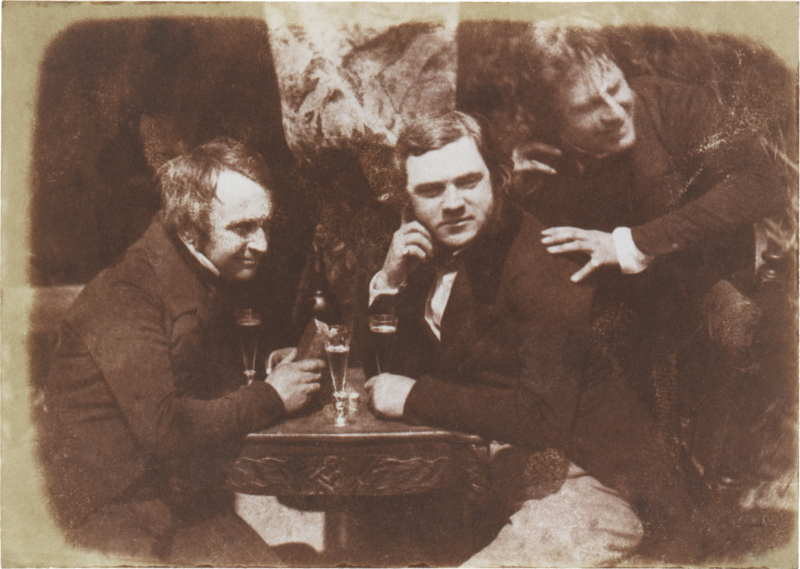TODAY’S BREWERS CAN ADD ANY number of flavors to their beers. Some are newfangled, such as chili pepper or pumpkin; others are deeply traditional. Smoke is one of the latter, with a long and widespread pedigree. All across Europe, a hint of barbecue was once pervasive—until the Industrial Revolution, the flavor was the inevitable result of the brewing process. Malt is one of beer’s primary ingredients, and a change in how it’s made brought beer out of its smoky past.
Grains, unlike wine grapes and cider apples, don’t contain sugars. They have starches, which can’t be fermented until they are accessed and converted into sugars. Malting is the process of accessing those starches by steeping the grains in water.
Malting makes the grains begin to sprout, but this process must be stopped by drying the grains before they mold. In most of Europe’s beer-producing countries, a fire was the only way to do this. “Basically you’d have a firebox below and either a fine screen or something of that sort, on top of which was a bed five or six inches deep of sprouted malt,” says Garrett Oliver, Brewmaster at Brooklyn Brewery and author of The Brewmaster’s Table. Hot air, and with it, smoke, rose up through the malt, drying it and imbuing it with a smoky flavor.
more on atlasobscura.com




